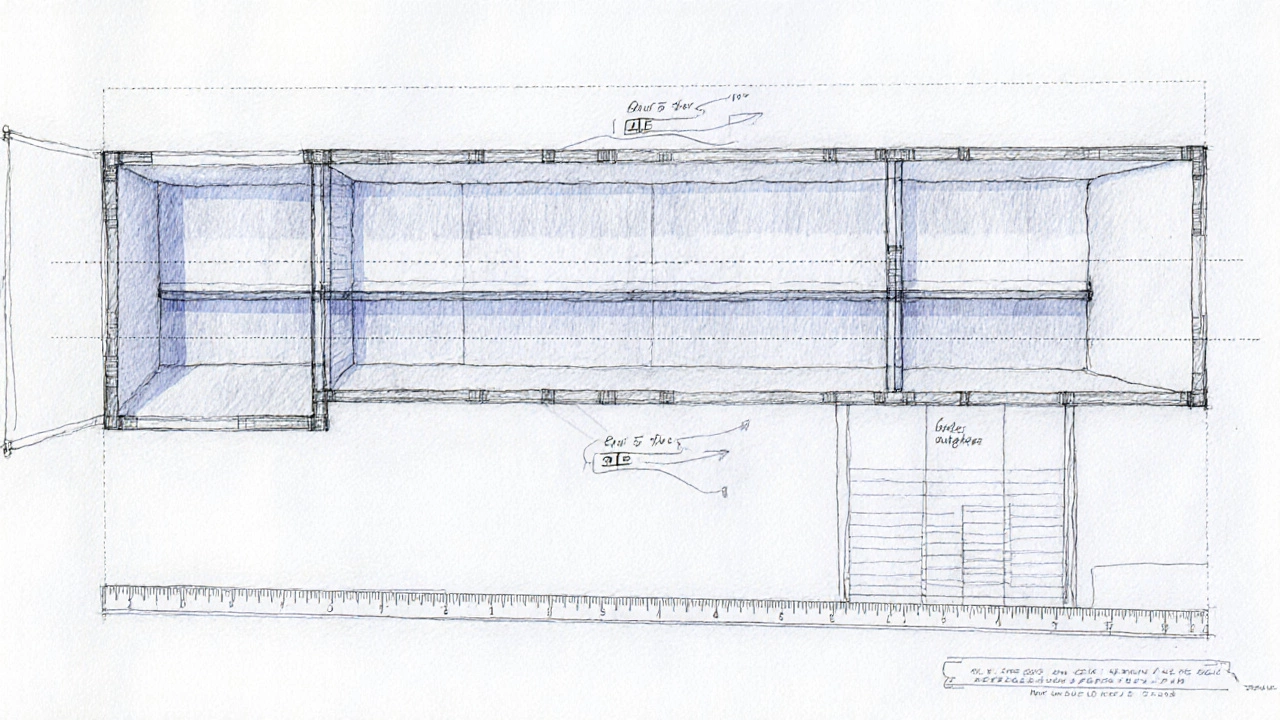1‑3 Rule Construction Explained
When dealing with 1‑3 rule construction, a guideline that limits major changes to one per three weeks during a building project, helping keep costs and timelines in check. Also known as one‑to‑three construction rule, it requires clear communication, strict change‑order control, and regular progress reviews. The rule connects directly to construction budgeting, the practice of allocating funds for each stage and preventing cost overruns and building codes, the set of legal requirements that ensure safety and quality, because every change can trigger new compliance checks. In short, the 1‑3 rule construction acts as a bridge between design intent and on‑site reality, making sure that projects stay within budget, meet regulatory standards, and finish on schedule.
Why the 1‑3 Rule Matters for Project Sequencing and Foundations
Project sequencing project sequencing, the ordered arrangement of tasks from foundation to finish, benefits heavily from the 1‑3 rule. When you limit major alterations to one per three weeks, you create a predictable rhythm that aligns with the natural curing times of concrete, the lead times for steel delivery, and the availability of skilled trades. This rhythm reduces the risk of re‑work and helps contractors lock in crew schedules, which in turn lowers labor costs. Similarly, foundation repair foundation repair, the process of stabilizing or strengthening a building's base, often triggers the 1‑3 rule because any shift in footing or slab design counts as a major change. By adhering to the rule, owners can plan for necessary underpinning or pier installations without scrambling for emergency permits or rushed material orders. In practice, the rule creates a feedback loop: clear sequencing supports disciplined change management, and disciplined change management keeps sequencing on track.
Understanding how the 1‑3 rule ties budgeting, codes, sequencing, and foundation work gives you a practical tool for any construction project. Below you’ll find articles that break down cost drivers, explain financing options, compare commercial and residential builds, and walk you through step‑by‑step guides on everything from roof payments to crack prevention. Whether you’re a homeowner planning a remodel or a contractor managing a multi‑phase build, these resources will show how the rule can save time, money, and headaches while keeping your project compliant and on schedule.

